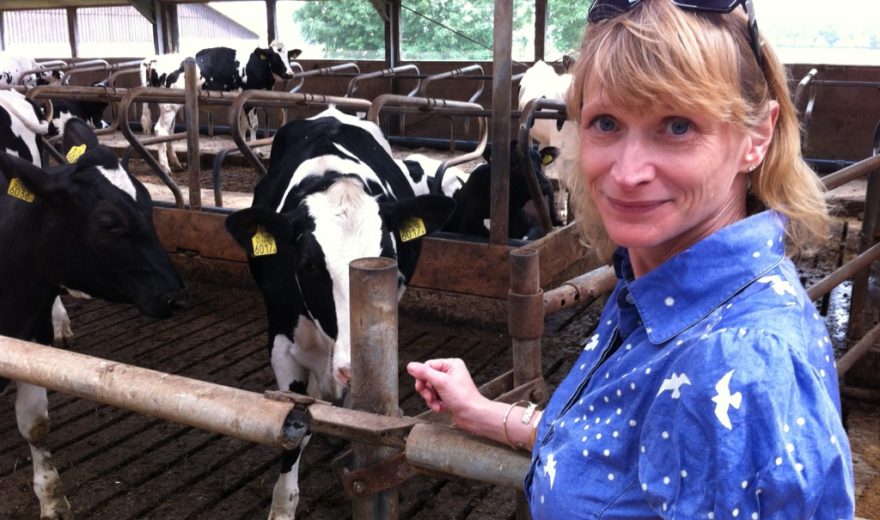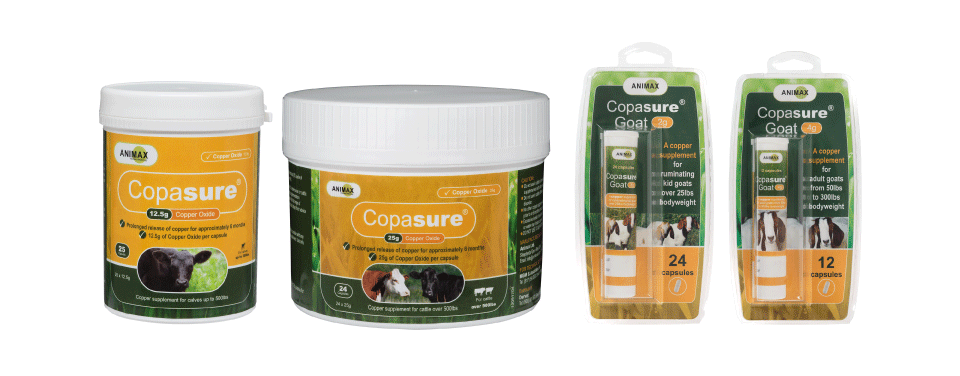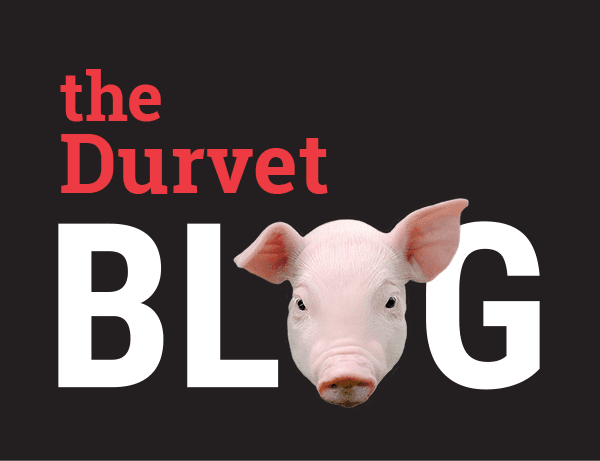
Trace element availability is influenced by season, geographic location, soil type and type of forage.
Generally, fewer trace elements are present in fast-growing forages, and trace elements can be tied up more often when higher levels of soil are taken in, while grazing or from when forages are made.
Signs of copper deficiency can be very varied and confused with other causes. Copper is involved in a wide range of different essential reactions in the body. Many farmers, however, will know if their land or forages are deficient in certain trace elements but simple changes in farming management can result in unexpected trace element deficiencies.
Many farmers, however, will know if their land or forages are deficient in certain trace elements but simple changes in farming management can result in unexpected trace element deficiencies.
Deficiencies in copper can be due to either low levels present in the soil which result in less present in the forage grown (primary deficiency) or high levels of antagonists which bind and tie up the copper (secondary deficiency).
In some situations, there is both a primary and secondary deficiency – low copper and high level of antagonists to bind up what little copper is available.
Signs of copper deficiency may depend on the stage of growth of the individual animal:
- In growing calves, poor growth and diarrhea may be the first sign.
- In young kids, fractures of the long bones or anemia may be seen.
- Pregnant sheep will be swayback or deformed lambs are common.
- In older beef animals a change in coat color (more brown usually) and ‘spectacles’ around the eyes due to both breakage and change in color of the hair may be seen.
- In dairy cattle, poor fertility may be the main problem.
Copper oxide needles have a long reliable history in terms of supplementing a wide variety of ruminants for copper deficiency. They have been used in all sizes of ruminants from lambs to bison and are easy to administer as they are available in a range of different amounts.

 BACK TO MAIN BLOG
BACK TO MAIN BLOG 
Comment